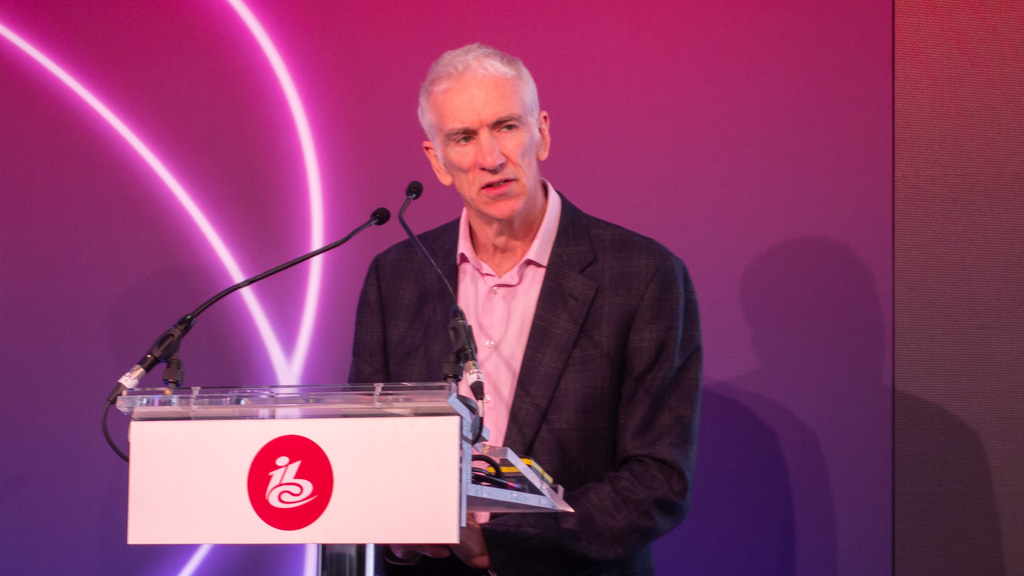At the international IBC Show conference in Amsterdam, Mike Darcey suggested that despite an exponential expansion in available programming, television may be reaching a steady state. The former chair of Arqiva and previously chief operating officer at Sky is an articulate commentator on the television industry. In his talk, he argued that on balance we may have already seen the most significant structural change.
The television industry has been in a state of disequilibrium since the start of the multichannel era of cable and satellite, followed by the dawn of digital distribution and the emergence of online delivery.
“The period of profound change is coming to an end, that the really big changes, the underlying shifts in technology, have already happened, as have most of the consequential downstream shifts,” he argued. “While there is more second-order adjustment to come, we are entering a relative steady state period.”

“The explosion of choice was soon followed by a revolution in control,” he said. “We had learnt the value of choice in what to watch, now we discovered choice in when to watch it.”
The adoption of fixed and mobile internet at a level that was good enough for video has enabled major media companies to go direct to their viewers and new content creators to connect with them directly, wherever they are.
“The journey has been one of an almost constant sense of disequilibrium, but I would argue that we have arrived at our destination, the logical endpoint, a television world with no distribution bottlenecks. If anyone can access any content, from any source, anywhere in the world, whenever and wherever they want, we have surely reached the end of the journey?”
He suggested that “the big building blocks, the 35-year reshaping of the framework, the field of play and the high-level rules, they are largely in place.”
The driver of change and disequilibrium in the last 35 years has been the arrival of a series of new technologies. The underlying technology drivers of change may have plateaued.
Internet access is pervasive, connected devices are ubiquitous and smartphone penetration is almost total.
Traditional television viewing, in decline for a decade, is starting to level out. There is a balance to be found between the desire for individual control and for shared experiences, between paying for things that we want to watch and viewing things for free, between a global experiences and local stories.
There may be infinite programme available, but consumer viewing time and attention is finite. “When finite time collides with infinite content, the big issue is discovery – how do I find the good stuff, the stuff I will like?”
Even in a world of algorithmic recommendations, marketing will still have a big part to play and will remain a major fixed cost. We already know this from the near-infinite worlds of music and publishing, where although there will be some breakout hits, marketing plays a critical role and remains a significant fixed cost.
Other than artificial intelligence, which could drastically reduce the cost of production and further democratise the process, he does not see any other technology likely to disturb the structural equilibrium at which we have arrived.
“Even if AI brings production costs down close to zero, the television world does not change that much from here. It does for some companies, for some individuals, such as the creators that will get their chance at fame, perhaps at the expense of traditional free broadcasters. But the fundamental framework of the industry, the rules of the game, remain largely as they are today.”
“In which case we are in steady state, the rules of the game are set,” he concludes. “You can stop saying that things are changing faster than ever. Perhaps, finally, they are not.”
